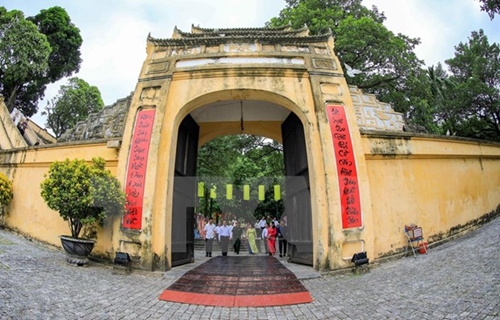October 09, 2020 | 14:47 (GMT+7)
PM establishes National Council for Cultural Heritage
The Prime Minister has issued a decision to establish the National Council for Cultural Heritage, an advisory body to help the PM on work relating to the preservation and promotion of the values of cultural heritages in Vietnam.
The council is tasked to propose to the PM plans, strategies or policies on safeguarding and upholding values of cultural heritages; recognising special national relics and national treasures; sending national treasures abroad for exhibition, research or preservation; establishing national or specialised museums; and others.
    |
 |
|
The entrance of the Imperial Citadel of Thang Long, a UNESCO World Heritage Site in Hanoi. |
It is also responsible for evaluating documents on cultural heritages submitted to the PM by the Ministry of Culture, Sports and Tourism; and giving comments on cultural heritage-related issues independently or upon the PM’s request.
The council must have no more than 27 members, including one chairman, one vice chairman for tangible heritages and another for intangible and documentary heritages. The members should serve no more than two consecutive five-year terms.
Source: VNA